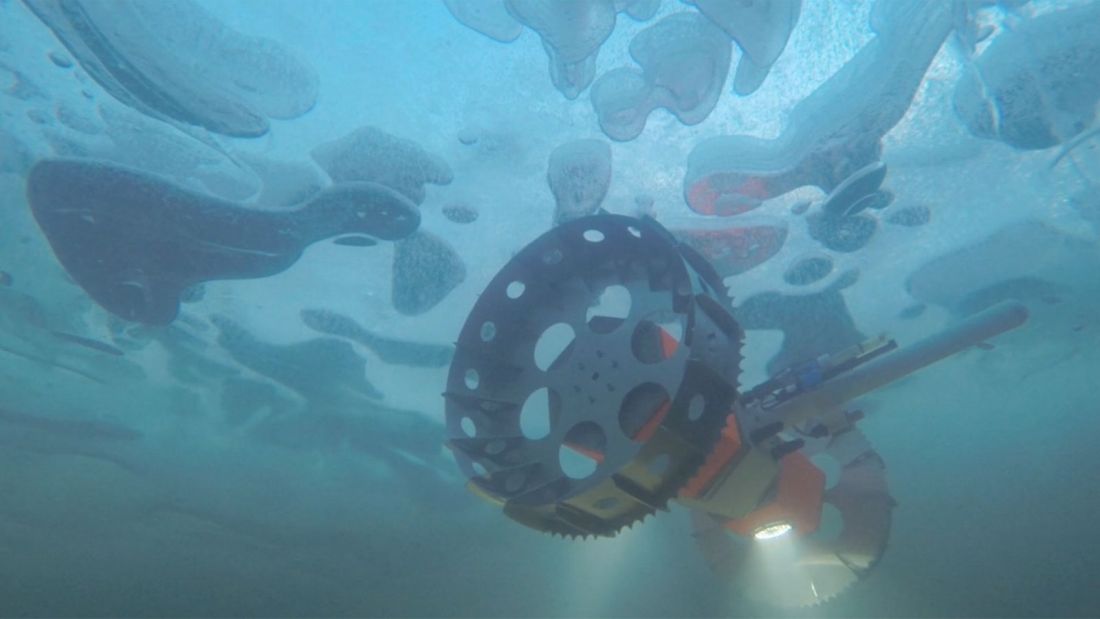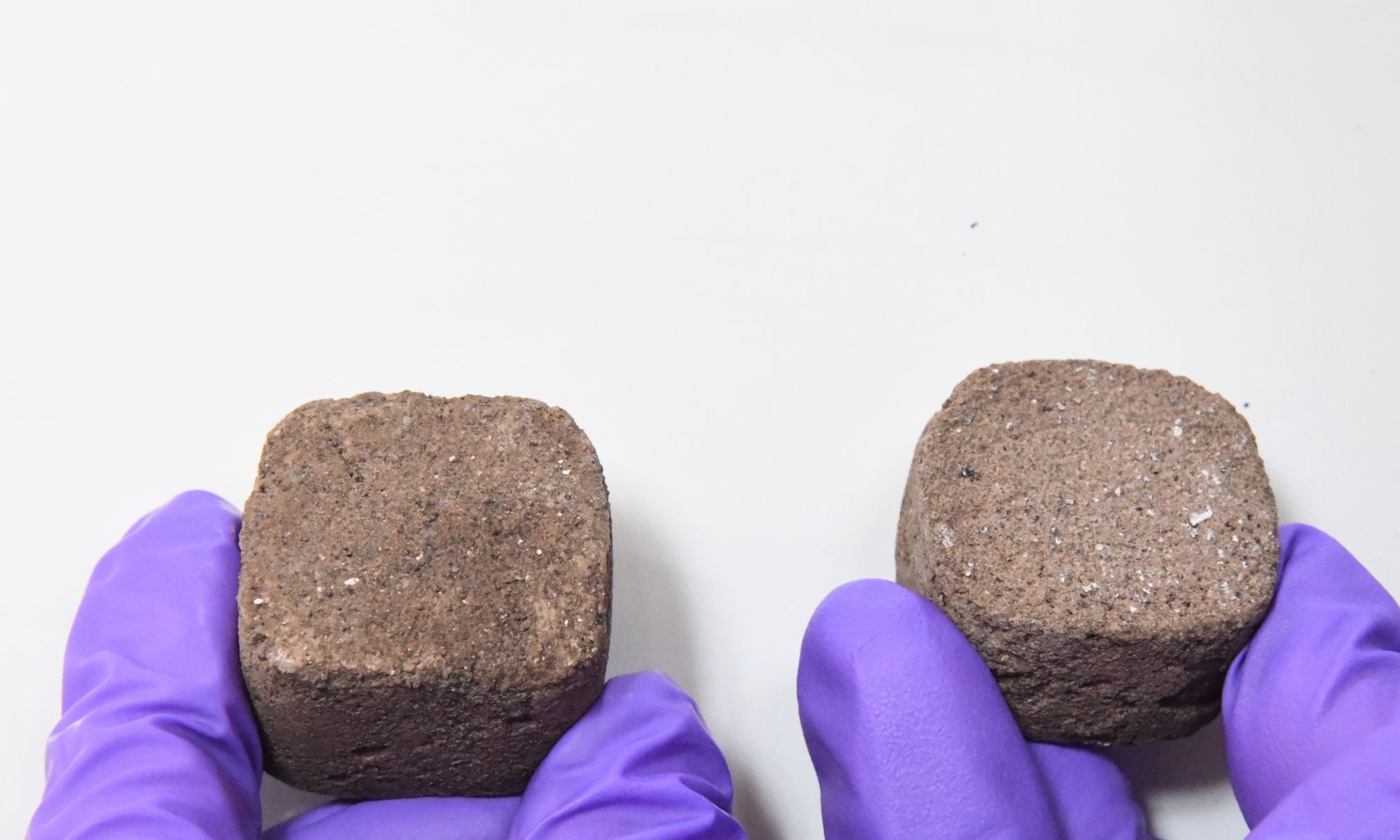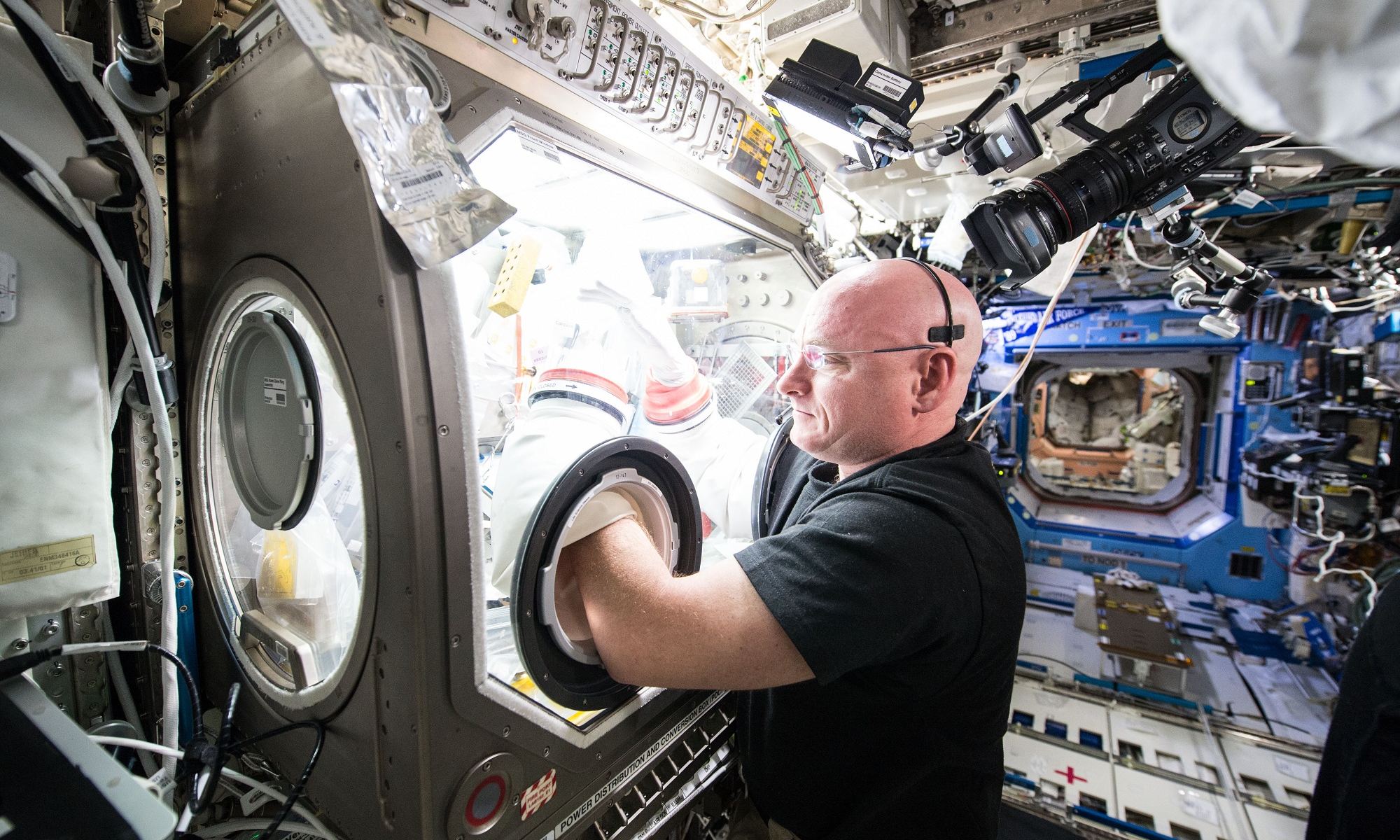Saturn’s largest moon, Titan, is a fascinating and mysterious world, a world literally shrouded in mystery due to thick clouds that cameras imaging in the visible spectrum cannot penetrate. This was made apparent when NASA’s Pioneer 11 became the first spacecraft to fly past Titan in 1979, and then NASA’s Voyager 1 and 2 in 1980 and 1981, respectively. All three spacecraft were equipped with cameras that were unable to penetrate Titan’s atmosphere of thick clouds, although atmospheric data from Voyager 1 suggested Titan might be the first body, aside from Earth, where liquid might exist on its surface.
Continue reading “Titan is an Alien World, but Surprisingly Familiar”Explorers Could Build Bricks on Mars with Bacteria and Pee
The famous Russian rocket scientist Konstantin Tsiolkovsky once said, “Earth is the cradle of humanity, but one cannot remain in the cradle forever.” Tsiolkovsky is often hailed as one of the fathers of rocketry and cosmonautics and remembered for believing in the dominance of humanity throughout space, also known as anthropocosmism. His work in the late-19th and early-20th centuries helped shape space exploration several decades before humanity first walked on the Moon.
Continue reading “Explorers Could Build Bricks on Mars with Bacteria and Pee”Perseverance Begins the Next Phase of its Mission, Studying an Ancient River Bed on Mars
On February 18, 2021, NASA’s Perseverance (Percy) Rover successfully landed in the dried-up lakebed known as Jezero Crater on Mars, beaming back images and video of its descent and landing to millions of space fans living on the planet that built and launched this incredible robotic explorer. With this landing came enormous excitement for a new era of robotic exploration of the Red Planet as we slowly continue to unlock the secrets of Mars and its ancient past, to include (hopefully) finding evidence of past life.
Continue reading “Perseverance Begins the Next Phase of its Mission, Studying an Ancient River Bed on Mars”Dozens of Robots Competed to Race Through Underground Caves
America’s Defense Advanced Research Projects Agency (DARPA) is well known for its challenges. It held a series of autonomous driving competitions back in the early 2000s that directly led to today’s self-driving cars. Now that Grand Challenge has evolved into a new one – the Subterranean (SubT) challenge, which took place last week. This new one also happens to be directly applicable to technologies that would be useful in space exploration.
Continue reading “Dozens of Robots Competed to Race Through Underground Caves”Plasma Thruster Could Dramatically Cut Down Flight Times to the Outer Solar System
I just finished the most recent season of The Expanse – my current favourite Sci-Fi series. Unlike most of my other go-to Sci-Fi, The Expanse’s narrative is (thus far) mainly contained to our own Solar System. In Star Trek, ships fly about the galaxy at Faster-Than-Light speeds giving mention to the many light years (or parsecs *cough* Star Wars) travelled to say nothing of sublight journeys within solar systems themselves. The distances between stars is huge. But, for current-day Earthling technology, our Solar System itself is still overwhelmingly enormous. It takes years to get anywhere.
In The Expanse, ships use a fictional sublight propulsion called The Epstein Drive to travel quickly through the Solar System at significant fractions of light speed. We’re not nearly there yet, but we are getting closer with the announcement of a new theoretical sublight propulsion. It won’t be an Epstein drive, but it may come to be known as the Ebrahimi Drive – an engine inspired by fusion reactors and the incredible power of solar Coronal Mass Ejections.

Health Issues From Spaceflight Might Originate in the Mitochondria
It’s not easy living and working in space for extended periods of time. As NASA’s Twins Study illustrated, microgravity takes a toll on human physiology, which is followed by a painful transition back to normal gravity (just ask Scott Kelly!) Aside from muscle and bone degeneration, there’s diminished organ function, effects on cardiovascular health, the central nervous system, and “subtle changes” on the genetic level.
Until now, the biggest unanswered question was what the underlying cause of these physical impacts was. But after reviewing all of the data accumulated from decades of research aboard the International Space Station (ISS) – which included the Twins Study and DNA samples taken from dozens of astronauts – an international team of researchers came to the conclusion that mitochondria might be the driving force for these changes.
Continue reading “Health Issues From Spaceflight Might Originate in the Mitochondria”NASA’s Janus Mission is Going to Visit Two Binary Asteroids
Gravity is good for a lot of things. It brings objects closer together. Occasionally they crash into each other. But sometimes two objects get locked in a unique gravitational dance that pairs them together. That dance can be short-lived, or it can last for billions of years. In some cases the objects are large (i.e. planets and moons), but they can also be quite small.
These small dancing objects are called binary asteroids, and we know very little about them, despite making up approximately 15% of all asteroids in the solar system. That is until a newly greenlighted NASA mission, called Janus, will arrive at two different binary asteroids around 2026.
Continue reading “NASA’s Janus Mission is Going to Visit Two Binary Asteroids”A New Kind of Rocket that’s Lightweight and Easier to Construct: a Rotating Detonating Engine. Unfortunately, it’s Also Completely Unpredictable

In the current era of space exploration, the name of the game is “cost-effective.” By reducing the costs associated with individual launches, space agencies and private aerospace companies (aka. NewSpace) are ensuring that access to space is greater. And when it comes to the cost of launches, the single-greatest expense is that of propellant. To put it simply, breaking free to Earth’s gravity takes a lot of rocket fuel!
To address this, researchers at the University of Washington recently developed a mathematical model that describes the workings of a new launch mechanism: the rotating detonation engine (RDE). This lightweight design offers greater fuel-efficiency and is less complicated to construct. However, it comes with the rather large trade-off of being too unpredictable to be put into service right now.
Continue reading “A New Kind of Rocket that’s Lightweight and Easier to Construct: a Rotating Detonating Engine. Unfortunately, it’s Also Completely Unpredictable”Aquatic Rover Drives on the Underside of the Ice in Antarctica

Not all rovers are designed to roam around on the surface of other worlds like Mars. One rover, at least, is aquatic; a necessary development if we’re going to explore Enceladus, Europa, and the Solar System’s other watery worlds. This rover is called the Buoyant Rover for Under-Ice Exploration, or BRUIE.
Continue reading “Aquatic Rover Drives on the Underside of the Ice in Antarctica”NASA’s New Lunar Spacesuit is Going to be a Lot More Comfortable for Astronauts

NASA is developing new spacesuits for their Artemis program. The new suits will give the astronauts greater mobility, will be safer, and will be designed from the ground up to fit women.
Continue reading “NASA’s New Lunar Spacesuit is Going to be a Lot More Comfortable for Astronauts”






